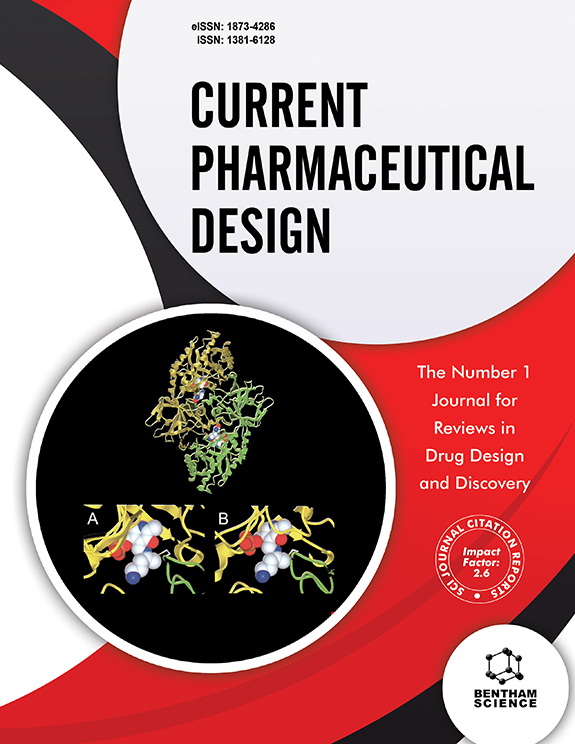Submission Tilte
Polymeric Nano-carriers as Emerging Antibacterial Nanomedicine for Biomedical Applications
Submission Abstract:
Nanoparticles (NPs) have immense power and functional ability in diverse fields of
nanoscience and nanotechnology. Nanoparticles are synthesized by physical, chemical
methods but limitations are due to its harmfulness. We will discuss a few green synthesis
routes which are eco-friendly and less toxic methods. It includes microorganisms, algae and
plant-based polymers. NPs synthesis using the green synthesis route is cost-effective,
biologically safe, as well as environment friendly. We will also include various types, size and
medicinal properties like anticancer, antifungal, antibacterial, antiviral activities of
nanoparticles. Such NPs are considered as potential antioxidants and are favorable
candidates for the cancer treatment. Microorganisms and Natural polymers have proven the
power to overwhelm and accumulate inorganic metal ions from their neighboring position.
Every biological system varies in its competences to supply metallic nanoparticles (MNPs).
The effectiveness of drugs delivery and tissue engineering via nanotechnology exhibits
dynamic assistances in the translational research in the fields of pharmaceutical products and
their applications. Chitosan is a recognized stabilizer for MNPs in biomedical engineering.
Though, very few studies have been explored. Apart from others chitosan play a very
important role which includes controlling shape and size of the NPs. The characteristic
biomedical applications of chitosan based MNPs are also effective. Stable MNPs have been
synthesized using gum acacia, which is a natural biopolymer and works as reducing as well as
stabilizing agent. The stimulus of change in the concentrations of metal salts and acacia gum
will be studied for the preparation of MNPs. Green route being ecofriendly; it will provide a
feasible option to biogenically produced NPs from plants. These NPs have antimicrobial,
antibacterial, and antioxidant features, which make them potential candidates for diverse
biomedical applications. The use of nanocarriers for biomedical applications has been gaining
interests from researchers across the globe for the delivery of therapeutics in a meticulous
way. They enhance the dissolution and the bioavailability of the desired drugs and allow their
delivery to the target efficiently. Several studies have reported that with the use of green
nanocarriers the treatment of diseases such as cancer becomes more specific. Current
indication recommends that green-based nanocarriers can establish an effective management
against cancer. The treatment of bacterial infections has become a major issue of concern due
to the expansion of bacterial conflict to the conventional antibiotics. Interestingly, MNPs have
proved to be a promising substitute to antibiotics. NPs interact with the biomolecules and
cellular organelles like DNA, lysosomes, ribosomes, and enzymes that affect protein
activation, oxidative stress, gene expression, enzyme activation and cell membrane
permeability. Consequently, there is a need to cultivate cost-effective and eco-friendly
technique of synthesis. Recently, ‘green synthesis’ methods have gained a lot of attention
worldwide. It is established that living organisms like plant cells, fungi, yeast, and bacteria can
decrease inorganic metal ions into MNPs by the process known as cellular metabolites. It is
predicted that biogenic MNPs could be viable and economical alternatives for drug treatment
and are resistant to various bacterial infections. Cardiovascular diseases (CVDs) have turn out
to be a serious risk to the human health and life. Although various drugs mechanism are
available as conventional formulations for treating CVDs, but due to biological efficacy, poor
water solubility, low non-targeting, and drug resistance they are still far from reality. Nano-drug
delivery systems (NDDSs) offer an alternate drug delivery technique for the treatment of CVDs
with the development of nanotechnology, which encompasses countless advantages in solving
these issues. Future prospect for nano-carriers in specific field of drug delivery for CVDs inn
particular includes gene therapy, in order to facilitate more novel thoughts for the enhancement
of cardiovascular drugs.




